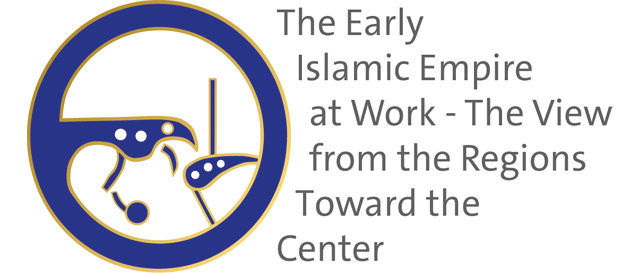Key Regions
Five key regions will be addressed in five subprojects. Key regions are identified as Khurasan (north-eastern Iran), Fars (south-western Iran), Jazira (Northern Mesopotamia), Bilad al-Sham (Greater Syria), and Ifriqiya (North Africa). Important provinces such as Iraq, Egypt, and Armenia will be included through co-operation. Rich information is available especially for Iraq and Egypt, which is not necessary to duplicate. Criteria for the selection were the differences and diversity between the regions.
- Diversity in their pre-Islamic past and elites, regions formerly under Roman or Iranian rule,
- Regional religious differences (Muslim, Christian, Zoroastrian, pagan Sabian, and Buddhist),
- Economic diversity in agriculture, resources (minerals), and internal and external trade pattern,
- Availability of results of archaeological sources, and survey reports.
The systematic approach establishes the basis for a thorough comparison of the each region’s political structures, elites, economic bases, and mutual relation to the imperial government.



